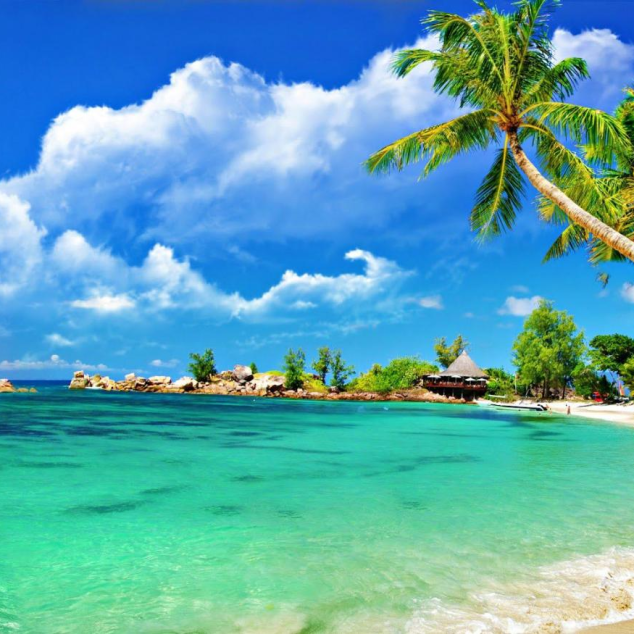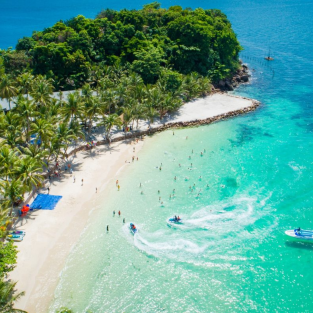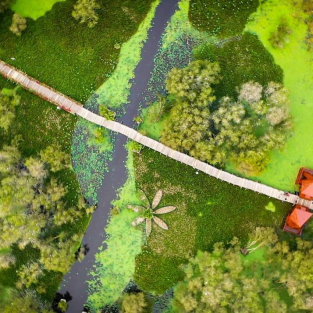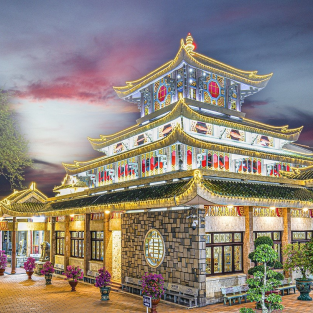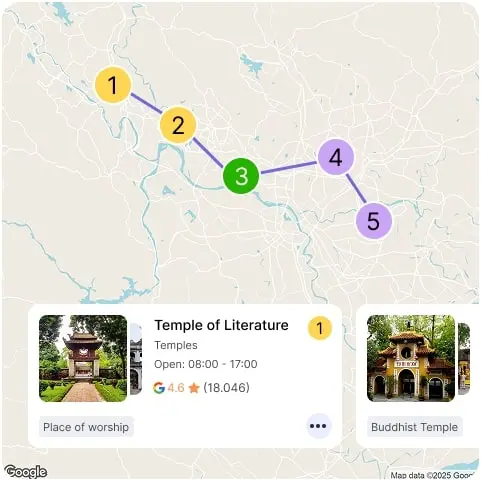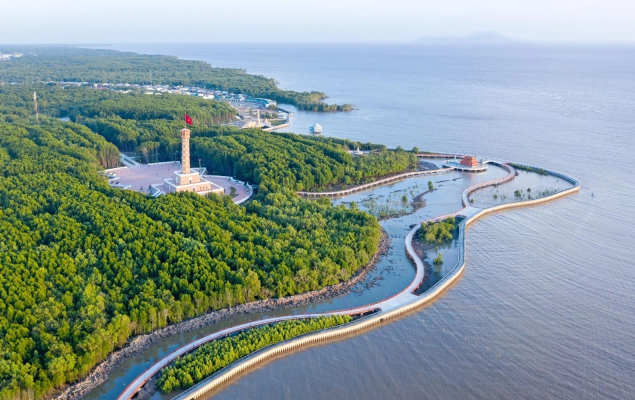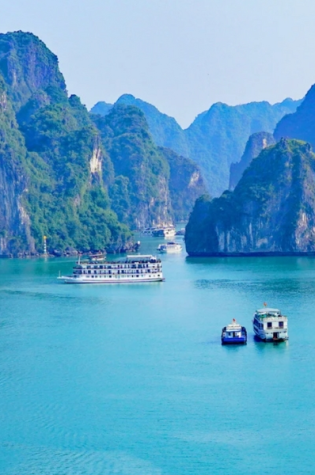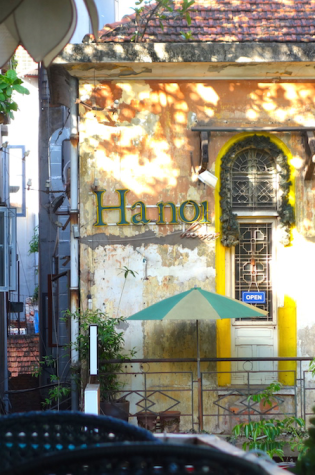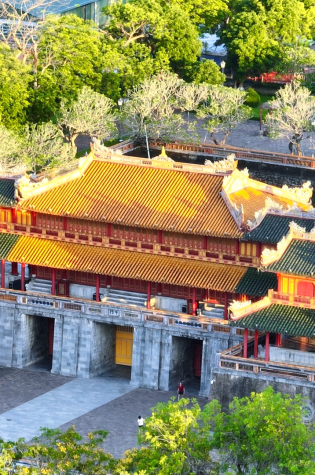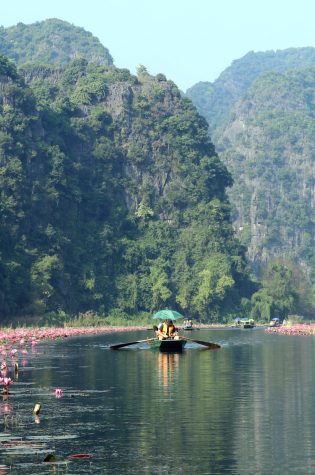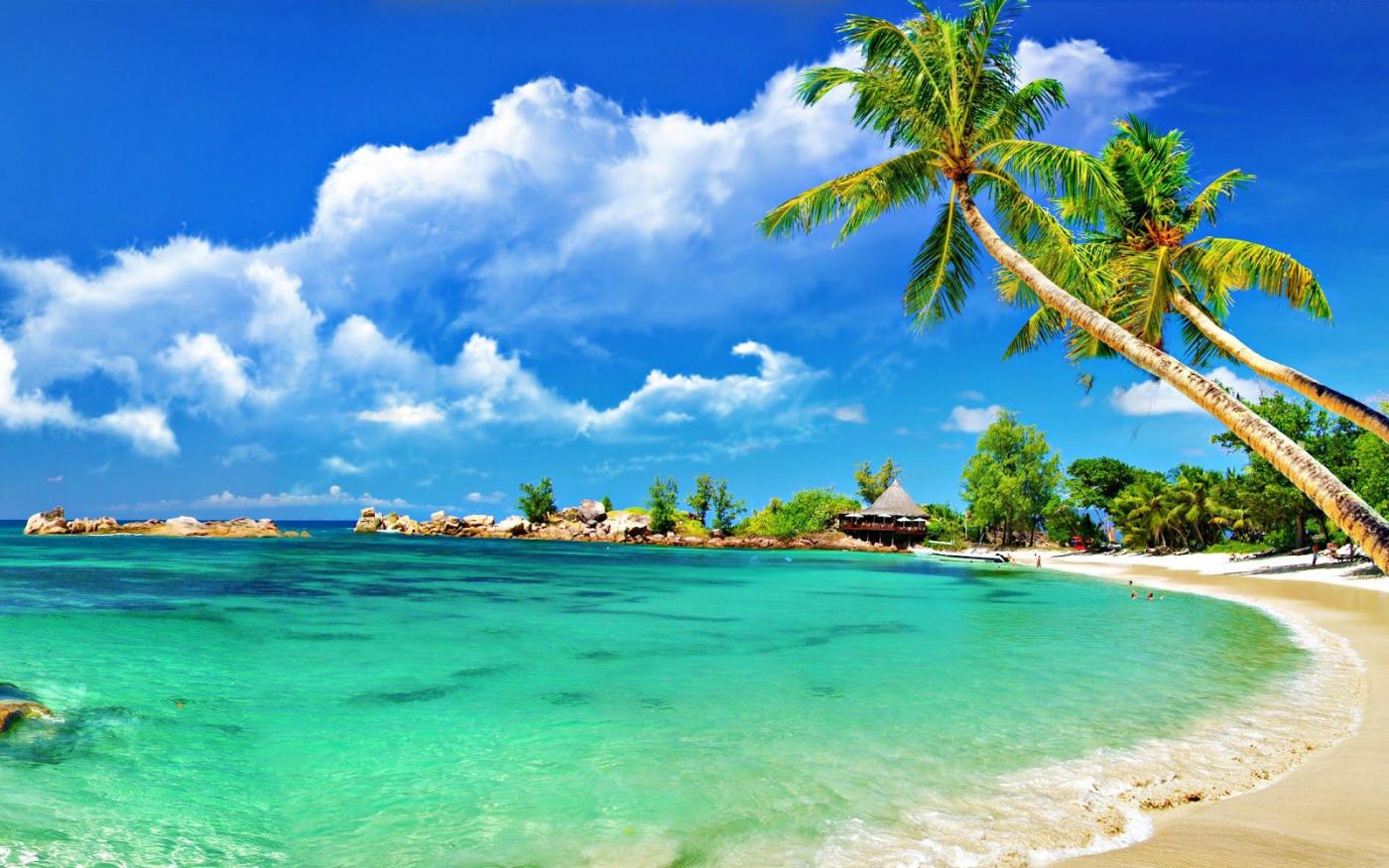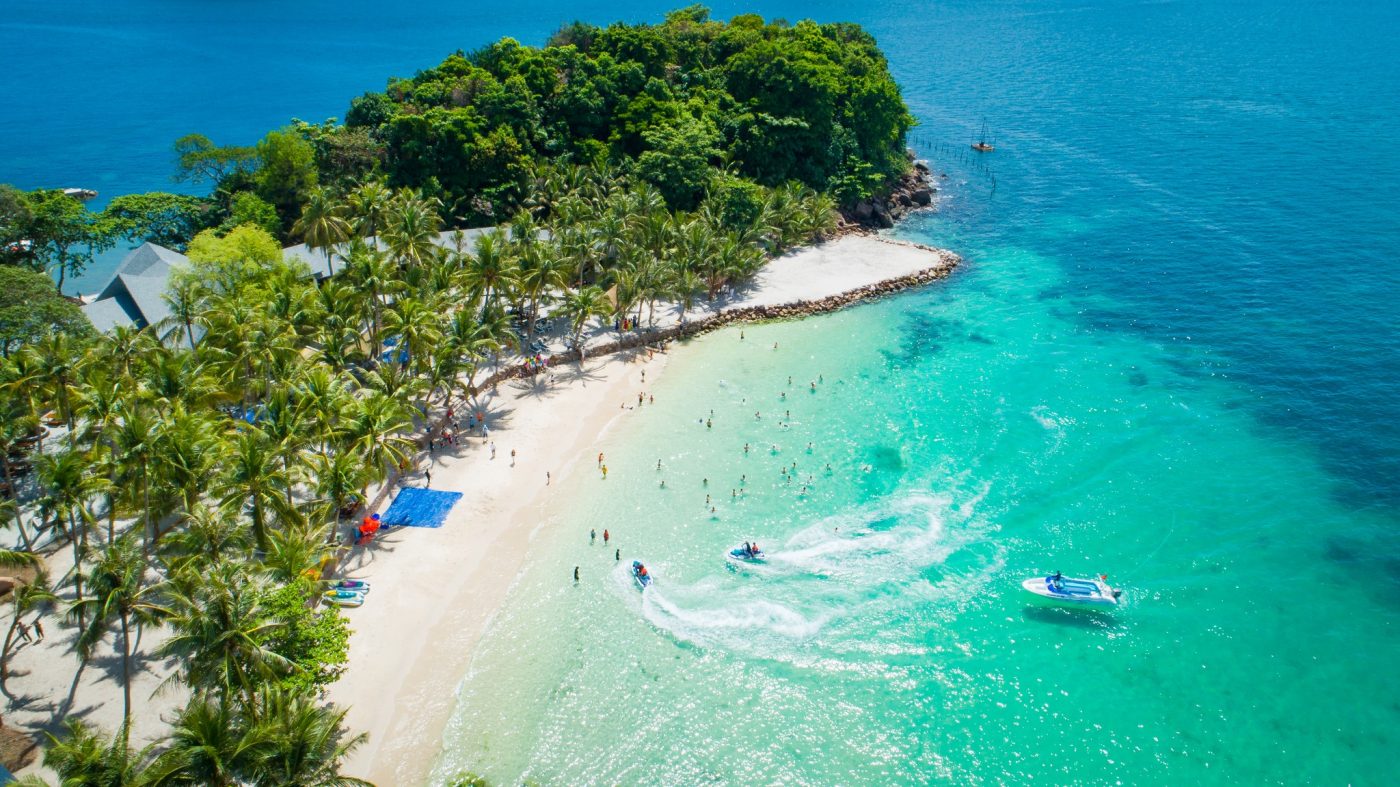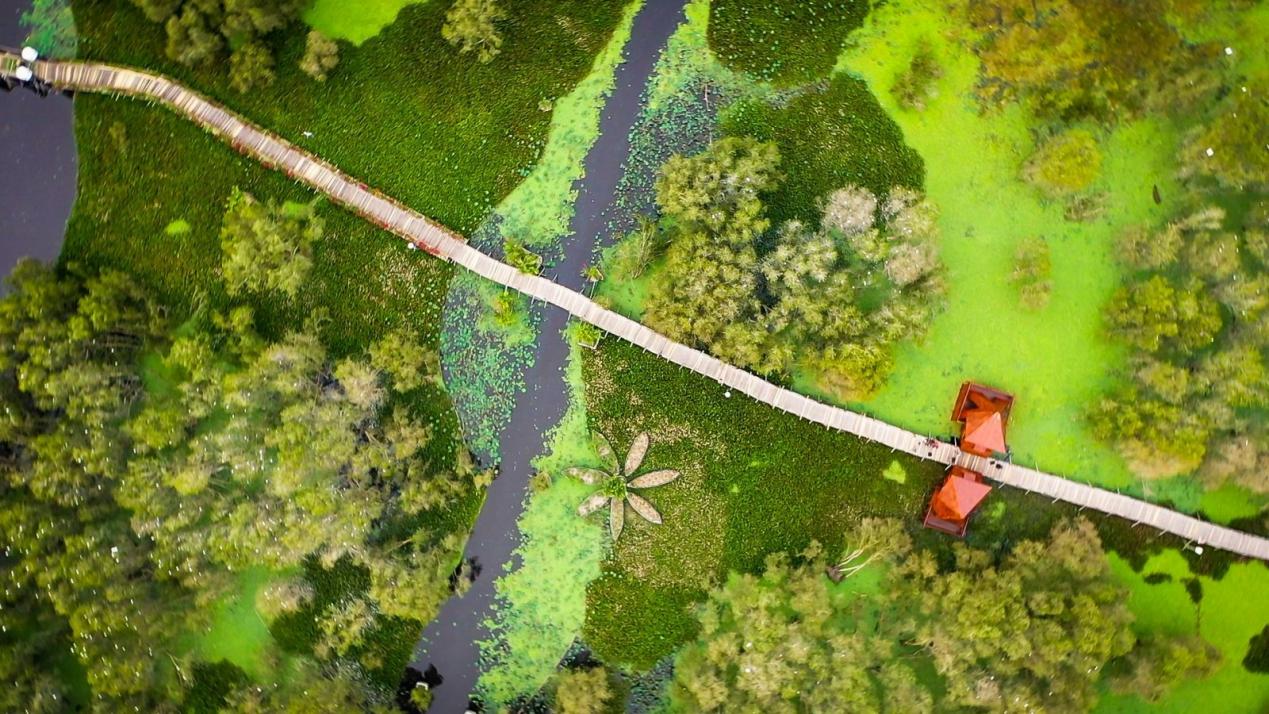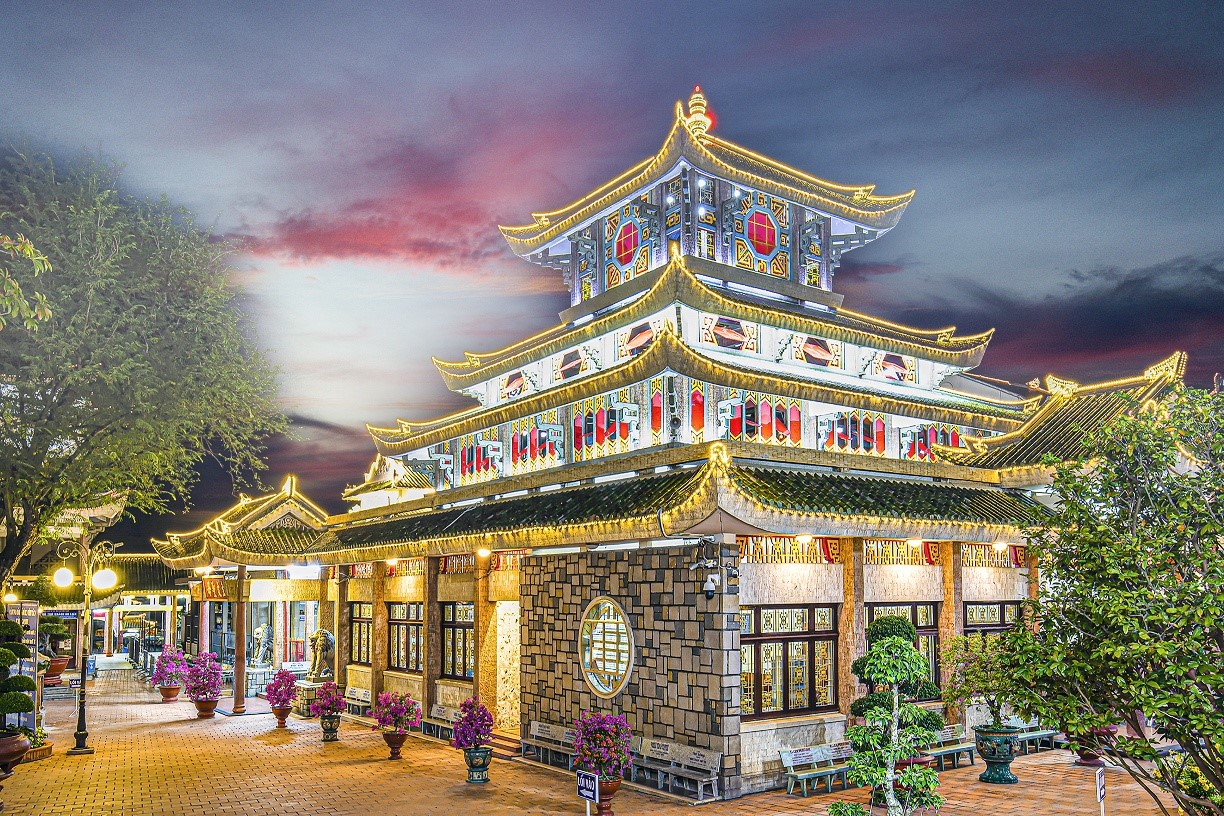Nestled in the heart of the Mekong Delta, this is a land where rivers, mountains, coastlines, and cultural heritage converge to create a destination unlike any other. Towering pagodas rise beside lush rice fields, bustling floating markets reflect centuries-old trading traditions, and tranquil islands offer a gateway to coastal serenity.
Sacred sites like Ba Chua Xu Temple, the mysterious Seven Mountains (That Son), and coastal landscapes along the Gulf of Thailand weave together a story of spiritual depth and natural beauty. Meanwhile, vibrant festivals, colorful Khmer and Cham cultural influences, and culinary treasures like fermented fish hotpot and palm sugar specialties invite deeper exploration. Beyond the mainland, the pristine beaches and tropical charm of Phu Quoc Island add another layer of allure, making this region one of Vietnam’s most captivating coastal escapes.
In this southern frontier, every journey is a discovery—of landscapes untouched by time, communities rich in tradition, and experiences that linger long after the trip ends.
Reaching An Giang is convenient thanks to its strategic location in Vietnam’s southwest, with expanded access to both river and road routes. Major cities like Ho Chi Minh City, Can Tho, and Phnom Penh in Cambodia are all well connected to the province.
- By road: From Ho Chi Minh City, travelers can take National Highway 1A and then Highway 91 to reach Long Xuyen or Chau Doc, the two main urban hubs of An Giang. The journey takes around 5 to 6 hours by car or bus, with comfortable sleeper buses and limousine shuttles operating daily.
- By air: The closest airport is Can Tho International Airport (VCA), located about 80 km from Long Xuyen. From Can Tho, it’s a scenic 2-hour drive to An Giang by private car, taxi, or bus.
- By water: For a more immersive experience, river cruises from Phnom Penh or Can Tho to Chau Doc offer a leisurely way to enter the Mekong Delta, passing through floating villages and lush river landscapes.
- Local transport: Within An Giang, taxis, motorbike taxis, and private car services are readily available. For remote areas or exploring cultural villages, booking a guided tour or hiring a local driver is recommended for comfort and convenience.
An Giang enjoys a tropical monsoon climate with two main seasons, offering travelers different ways to experience its landscapes and cultural life throughout the year.
☀ Dry Season (November to April): This is the most popular time to visit, with pleasant temperatures (23–31°C) and clear skies—ideal for exploring the Mekong waterways, visiting sacred sites like Ba Chua Xu Temple, trekking in the Seven Mountains, or relaxing on the pristine beaches and islands along the coast, including Phu Quoc.
🌧 Rainy Season (May to October): Rainfall nourishes the land, transforming rice paddies into shimmering fields and bringing the unique beauty of the floating season. It’s also a rewarding time for nature lovers, with fewer tourists, richer biodiversity in wetlands, and vibrant local life on the rivers.
Festivals, culinary discoveries, and cultural encounters await in every season, making this a destination full of life and color year-round.
An Giang and its coastal gateways are increasingly accessible to travelers of all abilities. Many hotels, cultural sites, and riverfront areas have improved facilities, including ramps, accessible walkways, and adapted services for visitors with mobility needs.
Island experiences, river cruises, and ferry routes are also upgrading infrastructure to support easier boarding and safe travel. With the availability of taxis, ride-hailing apps, and private transfers, navigating between mainland destinations and island retreats is both convenient and flexible—making this region welcoming for every traveler.

